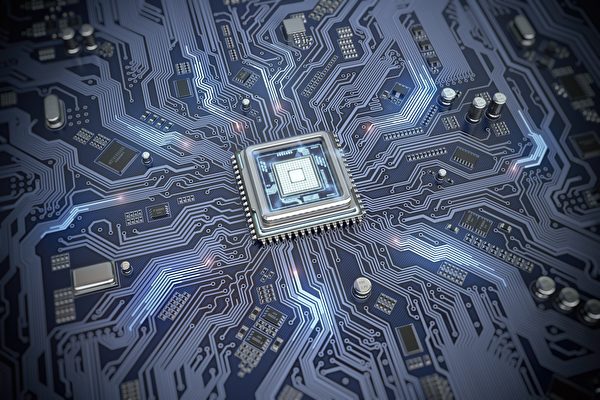The Chinese Ministry of Industry and Information Technology recently released the “Guidelines for the Promotion and Application of First Major Technical Equipment (2024 Edition),” which includes a brand-new domestically produced DUV lithography machine with a resolution of ≤65nm and an overlay accuracy of ≤8nm. Many people speculated that this machine could “produce 8nm chips” and break through the US blockade, but the reality was quite different as revealed by Chinese technology media.
On September 16, the technology media “Chip Intelligence” reported that there were all kinds of exaggerated claims about the breakthrough of domestically produced lithography machines, with some even mistakenly believing that the “overlay accuracy of ≤8nm” meant it was an 8nm lithography machine, which was indeed quite laughable.
The report cited data released by the Ministry of Industry and Information Technology, explaining that the fluorine-based KrF lithography machine is actually an old 248nm KrF lithography machine, with a resolution of ≤110nm and an overlay accuracy of ≤25nm. The fluorine-based ArF lithography machine, on the other hand, uses a 193nm ArF light source (also known as a DUV lithography machine), but the machine disclosed in the guidelines is still a dry DUV lithography machine, not the more advanced immersion DUV lithography machine (also known as ArFi lithography machine).
From the parameters disclosed by the Ministry of Industry and Information Technology, this DUV lithography machine has a resolution of ≤65nm and an overlay accuracy of ≤8nm. Although it is an improvement over the previously mentioned SSA600 lithography machine from UPR, which had a resolution of 90nm, it still does not meet the requirements for producing 28nm chips, let alone manufacturing 8nm or 7nm chips. Many netizens have confused the overlay accuracy with the level of lithography manufacturing process nodes.
The accuracy of lithography mainly depends on the resolution of the lithography machine. With a 65nm resolution, the process node achievable in a single exposure is approximately around 65nm. Overlay accuracy refers to the alignment accuracy between each lithography layer.
The report pointed out that with the 65nm lithography resolution and overlay accuracy of ≤8nm, it can achieve a maximum process node of about 55nm. This is roughly equivalent to the level of the XT:1450 machine introduced by ASML, the Dutch company, 18 years ago (in 2006).

